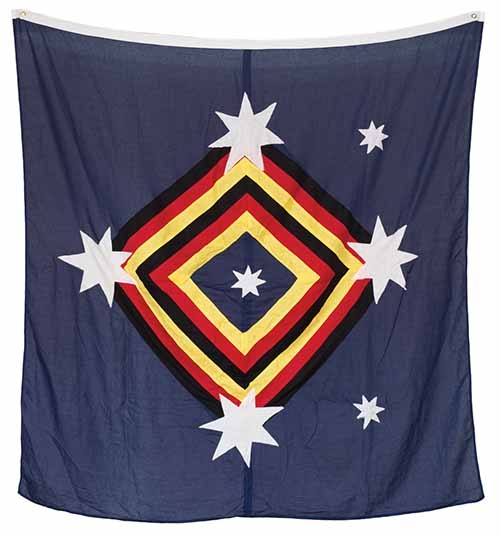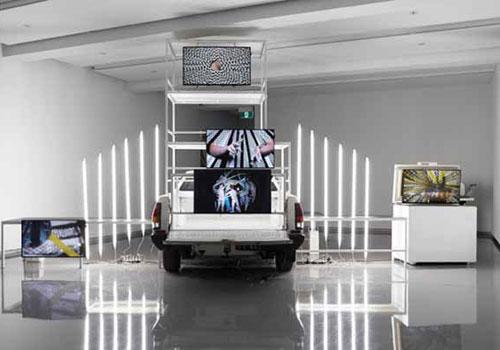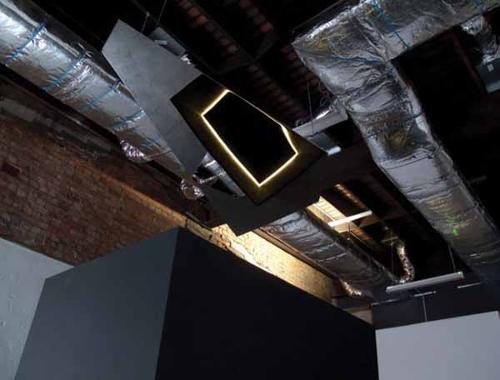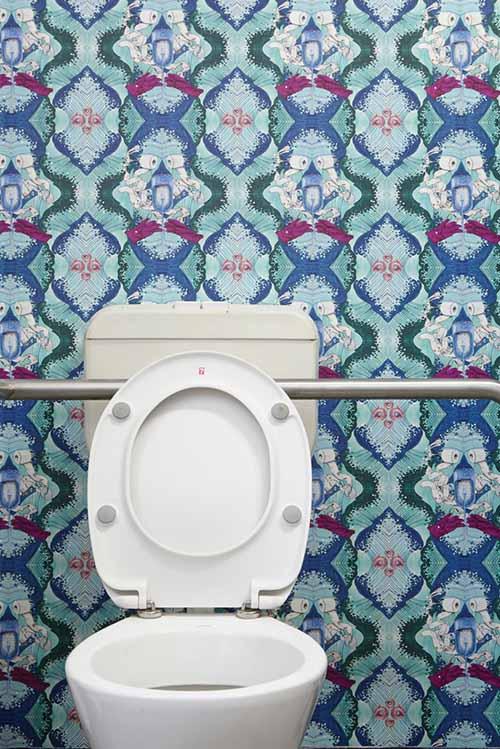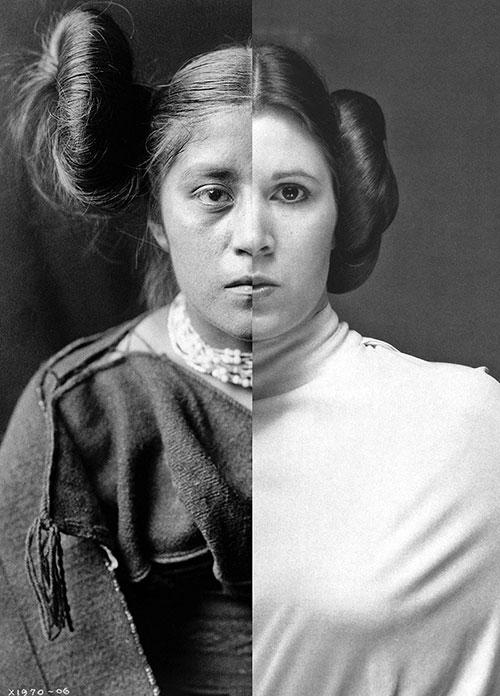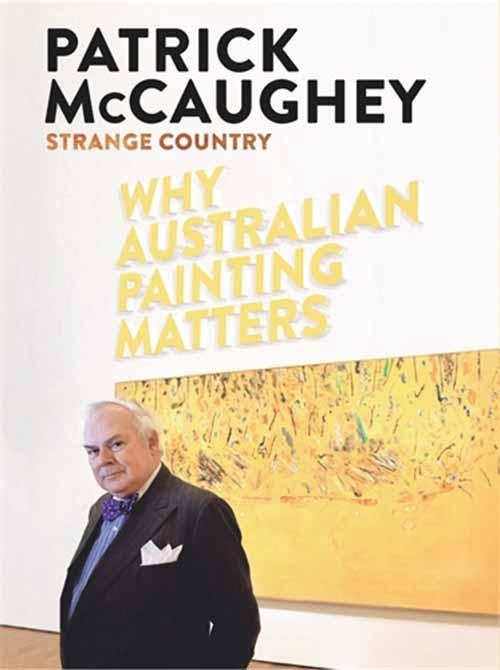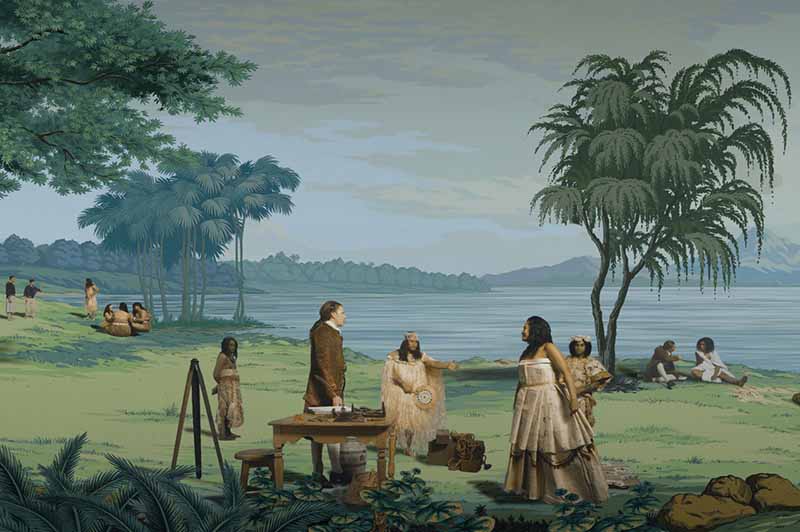
The sound of Pasifika drumming in Auckland Art Gallery Toi o Tamaki (AAG) is not a frequent occurrence, and so when you do hear it, it draws you in. What meets you is a long dark room with one wall filled with a 25-metre long screen on which is displayed Lisa Reihana's latest offering, in Pursuit of Venus (infected).
The inspiration for the work is no stretch of the imagination, as AAG has cleverly displayed part of the 19th-century wallpaper entitled Les Sauvages de la mer Pacifique on the floor below. Here in 1804–5 Joseph Dufour produced images of how he imagined the Pacific to be, built on the written and visual accounts which had begun circulating to great acclaim throughout Europe. The wallpaper was much in the vein of neo-classical drama of the period, with carefully constructed scenes and ancient Greek costume and poses.
Lisa Reihana (Ngāpuhi and Ngāti Hine, Ngāi Tu) is one of the most exciting artists working in New Zealand today. Her practice has been determined not so much by media, as by the ideas that she is keen to interrogate. Reihana has worked these through photography, digital media and other forms. iPOVi is the next iteration of an earlier, much shorter work titled in Pursuit of Venus (8 minutes, 2012) in which she began researching the complexities behind the idealistic Les Sauvages, travelling across the globe to research various aspects of the scenes.
Reihana has sought to identify critical stages of these first encounters of Pasifika peoples with Captain James Cook and his crew. These are simultaneously traumatic (flogging of both Pasifika and Pakeha, death by disease), humorous (the birthing scene) and mesmerising (the hula).
The vignettes in iPOVi draw on Reihana’s earlier investigations into colonial photography, in particular by exposing the sometimes uncomfortable moments around the taking of a particular photograph. You can see in iPOVi, for instance, elements of her earlier work Native Portraits n.19897 (1999) where she created short videos revealing the minutes before and after iconic colonial photographs of Maori were taken. Her methodology as orchestrator in iPOVi of a myriad of experts, including dance, costume, and technicians, reflects a Maori way of working as part of a collective.
It is clear that Reihana is wanting to not only resurrect history but, more importantly, to re-centre the narrative towards Pacific perspectives which, until now, have often been subsumed by master narratives focused on European males. Pacific women, for instance, are depicted as simultaneously strong, delicate, and beautiful yet remain as the onlookers to many of the scenes. The screaming vahine (woman) challenging a sailor confronting her husband at once demands attention. The quiet woman nursing her child, sick presumably from an introduced illness, appeals to us all - her child is literally infected.
The Auckland Art Gallery have promoted Reihana, a member of their Maori Advisory Group Haerewa, through the display of iPOVi and in the sheer spectacle of the opening (including a thoughtful speech by Maori writer Witi Ihimaera), which surpassed the size of all previous openings. It was here that most of the Pasifika dancers saw the work as a whole for the first time, and were able to connect back to their ancestors, and celebrate their survival.
He aha te mea nui? He tangata, he tangata, he tangata.
What is the most important thing? It is people, it is people, it is people.
(Ngapuhi tribal saying)



